SUMMARY
This is AI generated summarization, which may have errors. For context, always refer to the full article.
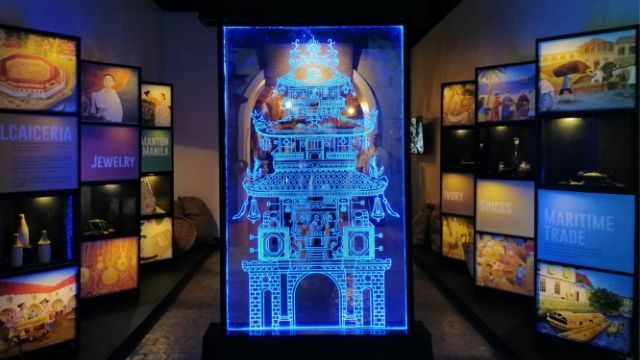
MANILA, Philippines – Said to be one of the oldest Chinatowns in the world, Binondo in Manila has a long, fascinating history – though one that often takes a backseat to the district’s other attractions: the food and the Instagram-worthy colors.
But Binondo’s rich history now gets its fair share of the spotlight at a newly-opened museum, located inside a place many Filipinos will be familiar with: a mall. In this case, it’s Lucky Chinatown Mall on Binondo’s Reina Regente Street.
Lucky Chinatown is in many ways your standard Filipino shopping mall, with its coffee shops and restaurants, foreign clothing stores, and throngs of mallgoers enjoying the bright lights and air conditioning. But on the 4th floor of one of its buildings, you can find the Chinatown Museum, which houses 18 galleries that tell the history of Binondo – from its founding in 1594 to its glory days as the country’s central business district.
The museum makes use of multimedia displays to tell the story of Binondo’s earliest settlers, and to illustrate its development through the years. It also has several interactive tableaus where visitors can take photos and tinker with some of the items on display.
According to museum manager Janine Cabato, they made sure that the galleries were worthy of photo-ops, keeping in mind Instagram-connected museum-goers.
“It’s more of edutainment because we understand that museums’ growth now, it’s not only about knowledge and about education, but it’s really more about what is Instagrammable,” she said at a press conference. “So if you see the galleries, we made sure that you can easily sit down, take a few photos, and interact with the gallery itself.”
The Botica de San Fernando gallery, for instance, has pharmacy drawer filled with various medicinal herbs that visitors can sniff as they read about what the herbs are good for. The Panaderia section of the Shophouses gallery has various kitchen tools that one can take a closer look at.
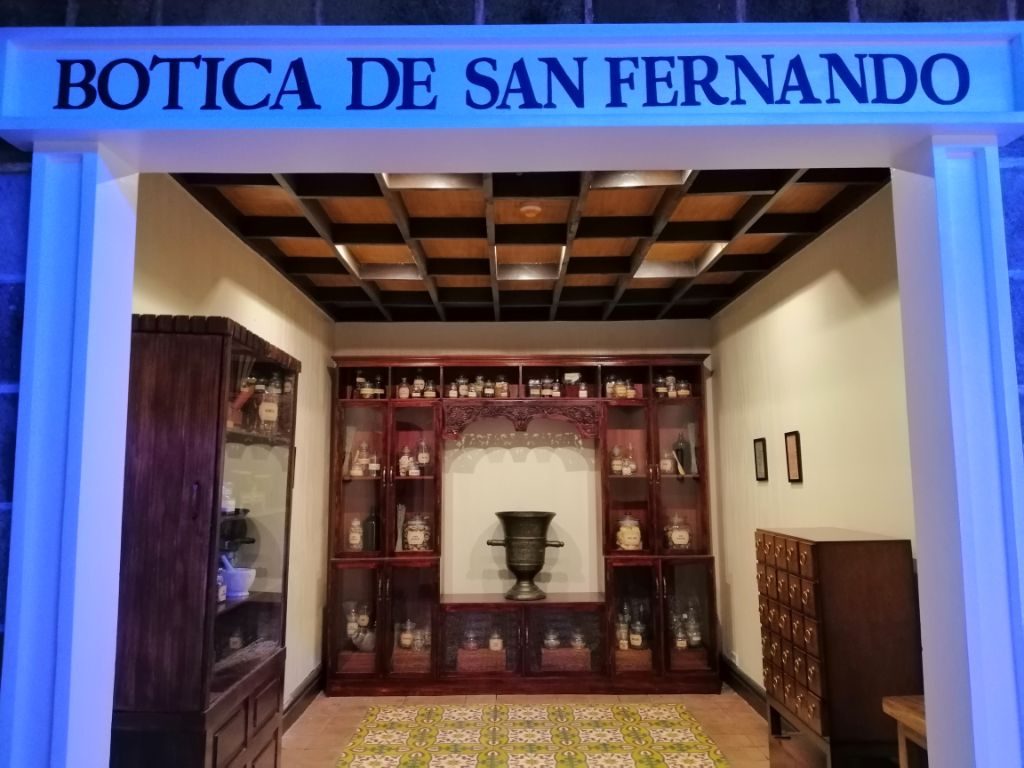
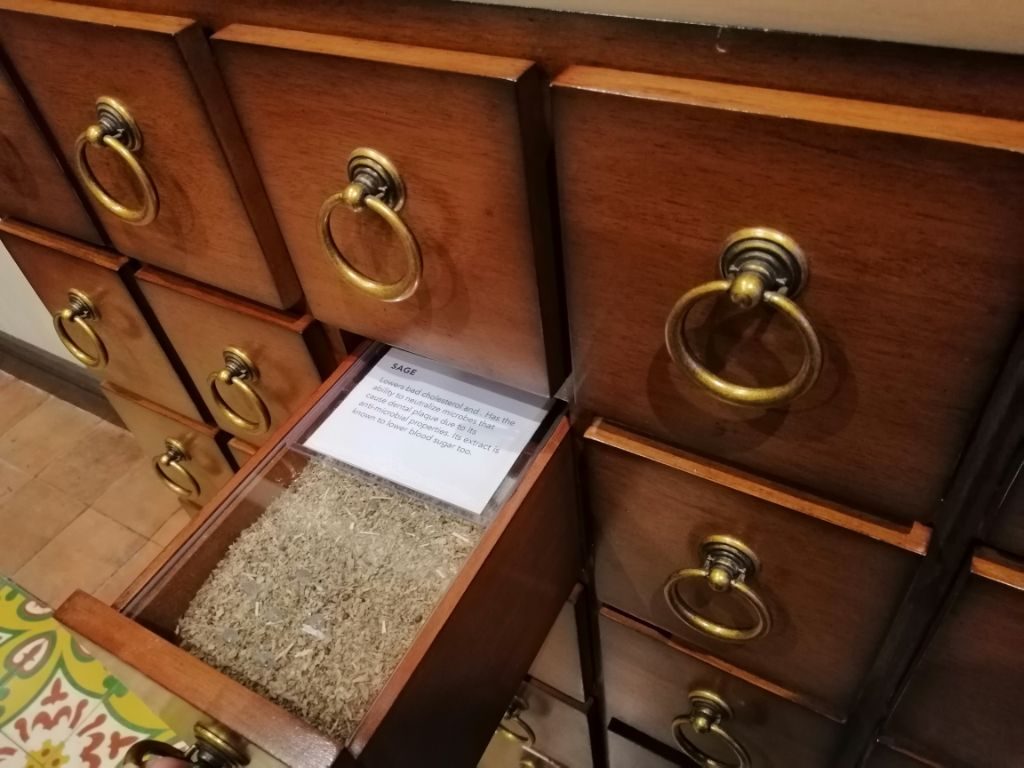
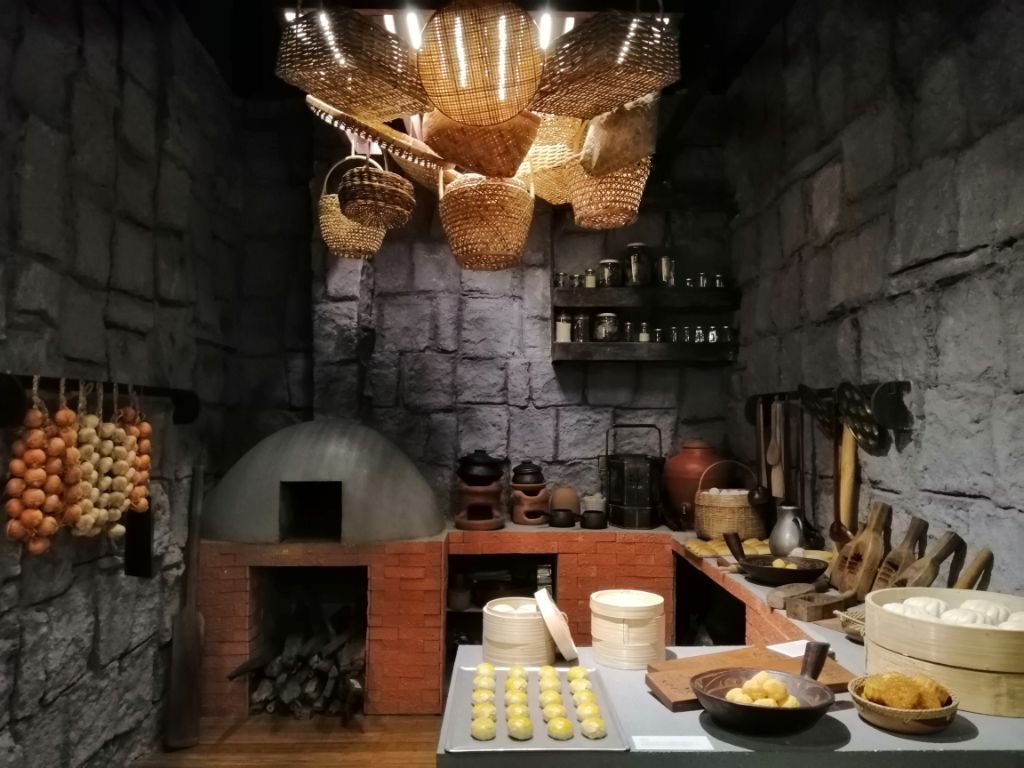
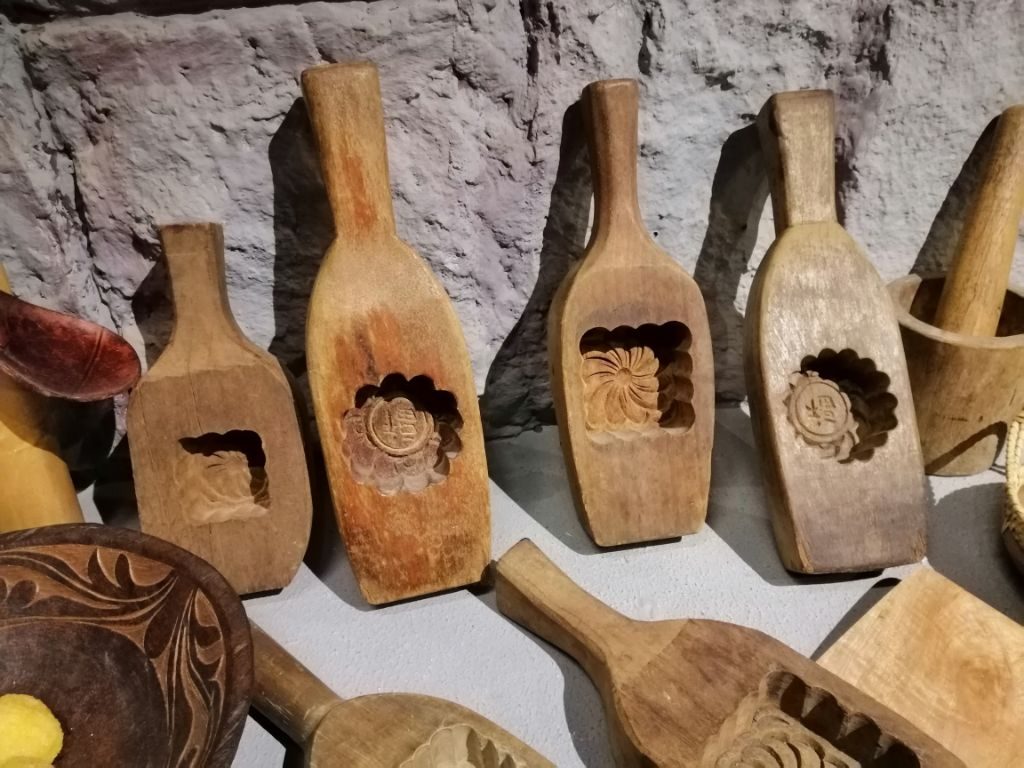
The nearby replica of a Tranvia car lets people experience what it was like to be in one of the main modes of transportation in Manila in the 1900s. In several areas, there are also sungka sets where visitors can enjoy a game or two.
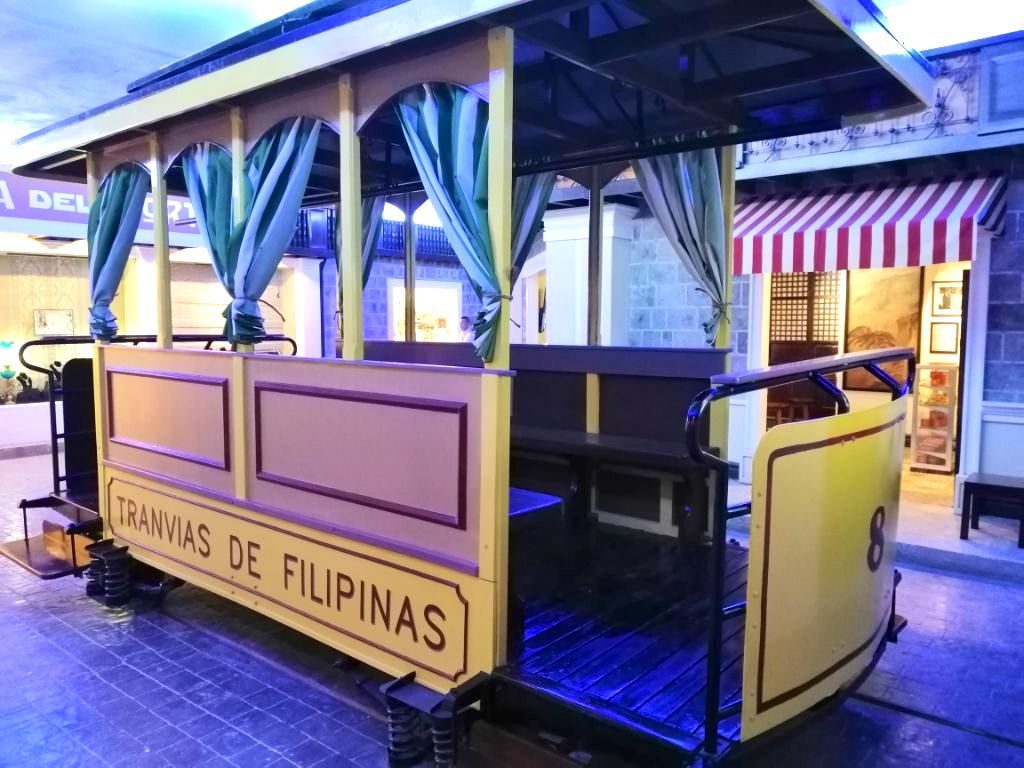
In many ways, the museum is also a playground, which makes it feel more accessible than most museums – that and the fact that it’s located inside a mall.
Obviously, being accessible and reaching a larger audience is only a good thing, not only for the museum, but for the community whose history it tells.
According to museum consultant and anthropology professor Fernando Zialcita, having district museums gives people a sense of urban pride.
“I think we need district museums because people have to know about how the district began, what were the different achievements of the district, who are the people who lived there,” he said at the press conference. “That gives a better sense of urban pride.”
He later explained to Rappler that learning about our history is important.
“All of us human beings we are interested in meaning, finding out saan ba tayo nangggaling (where we came from), where are we going, sino ang mga ninuno natin (who our forefathers are). Those are questions people raise,” he said.
“What can I be proud of? I mean even ordinary people, even poor people, I noticed they raise these questions. It’s not the privilege only of the educated. They want to have something to be proud of,” he added.
Here are more photos of the newly-opened museum:
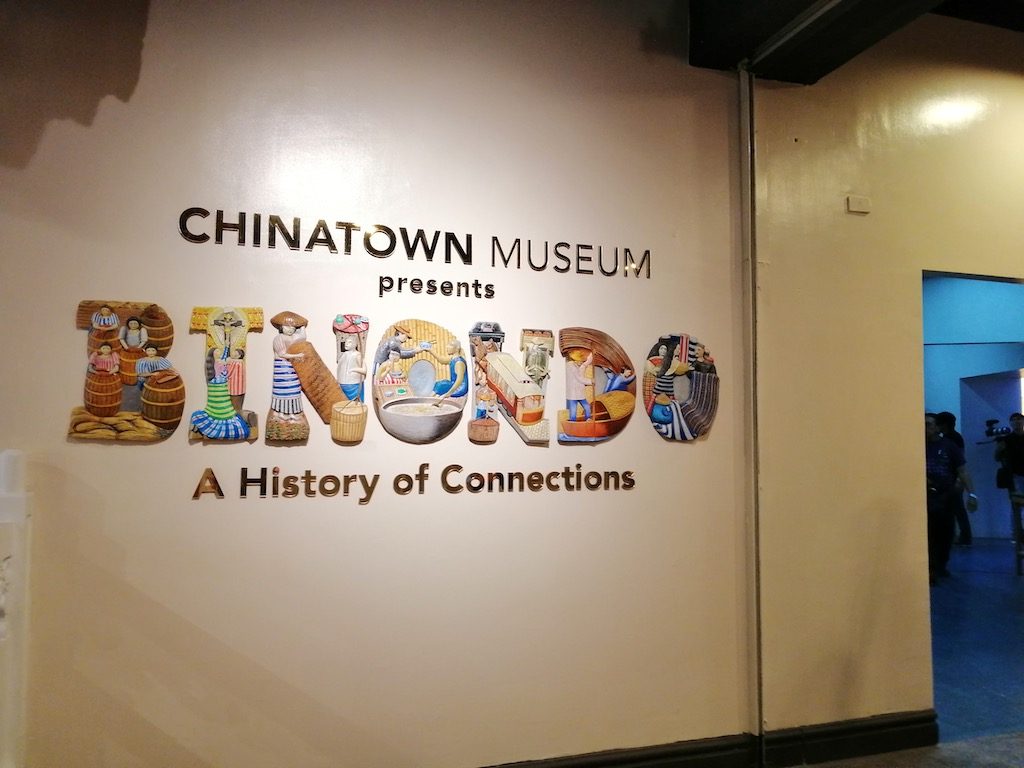
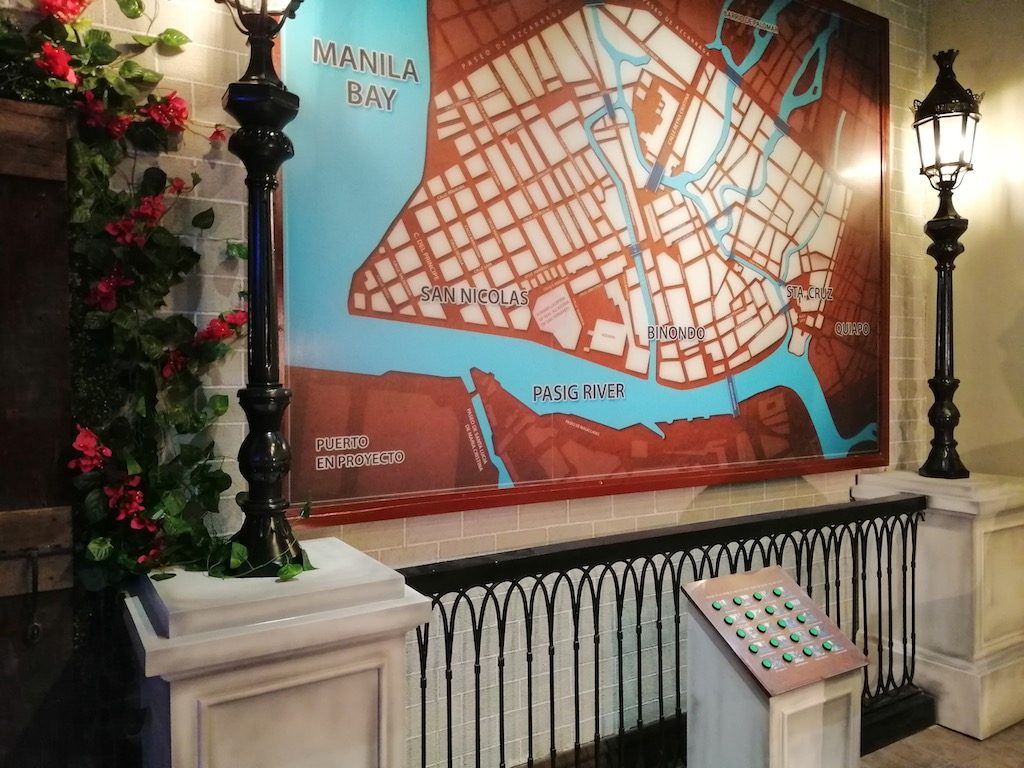
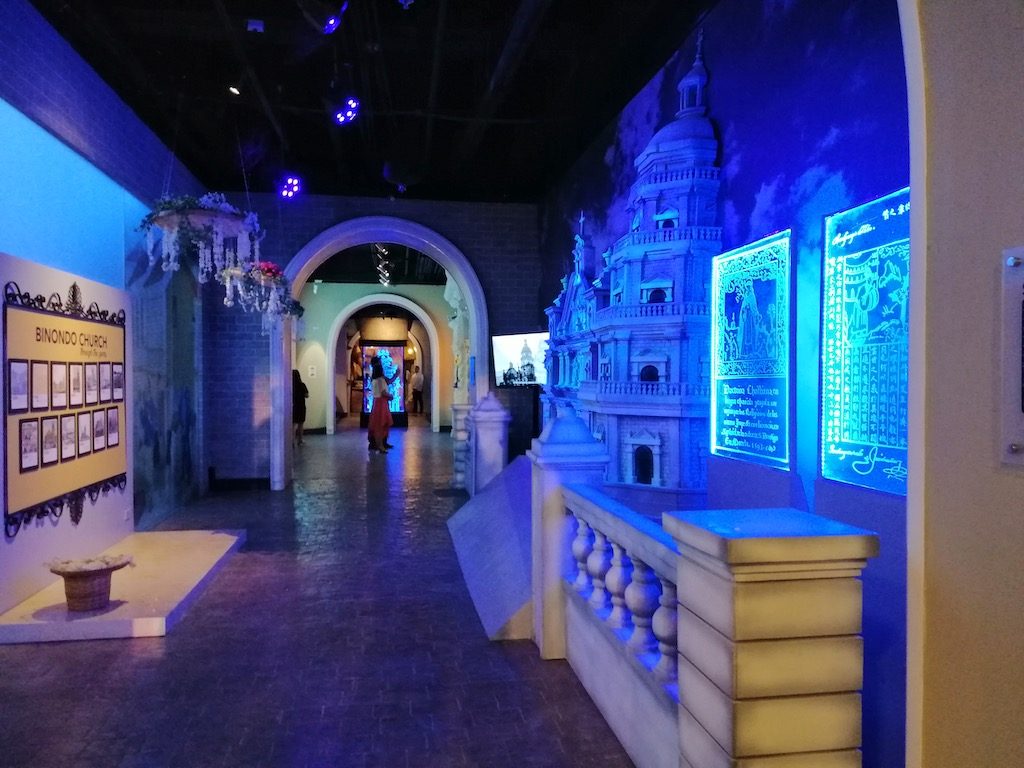
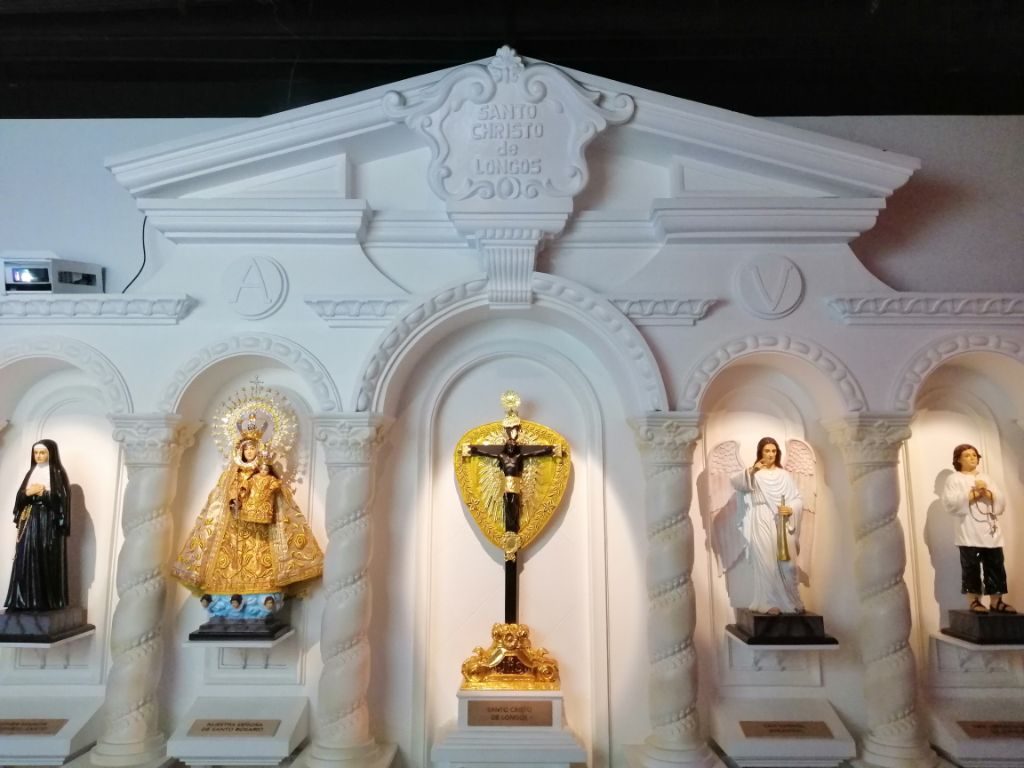
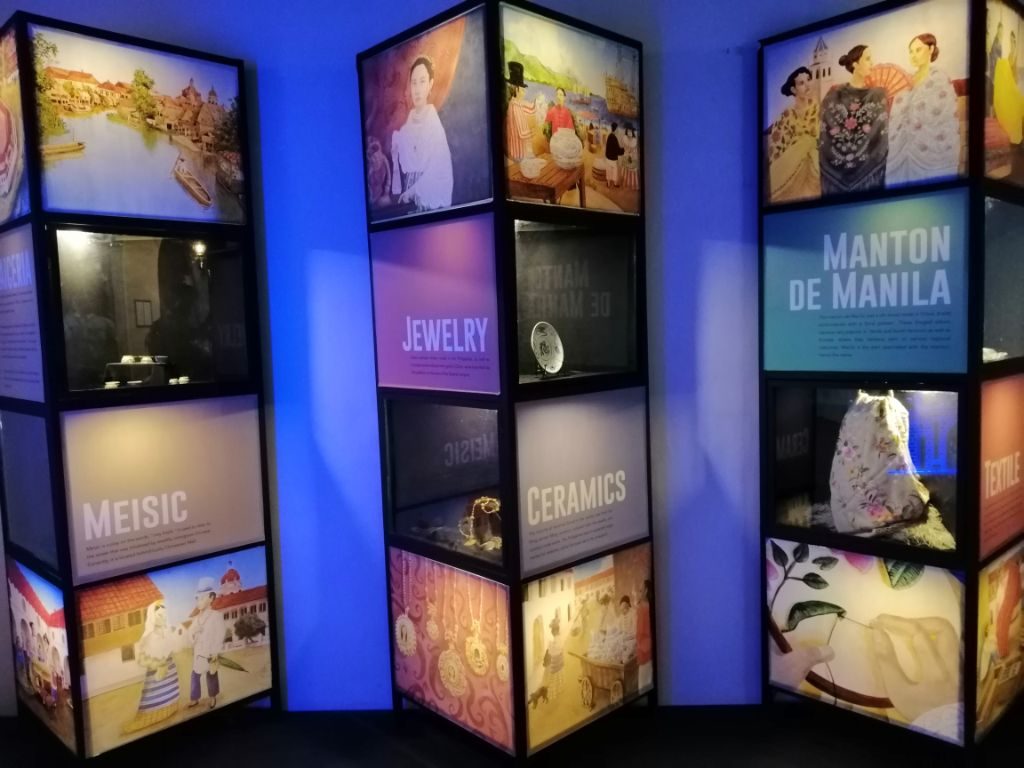
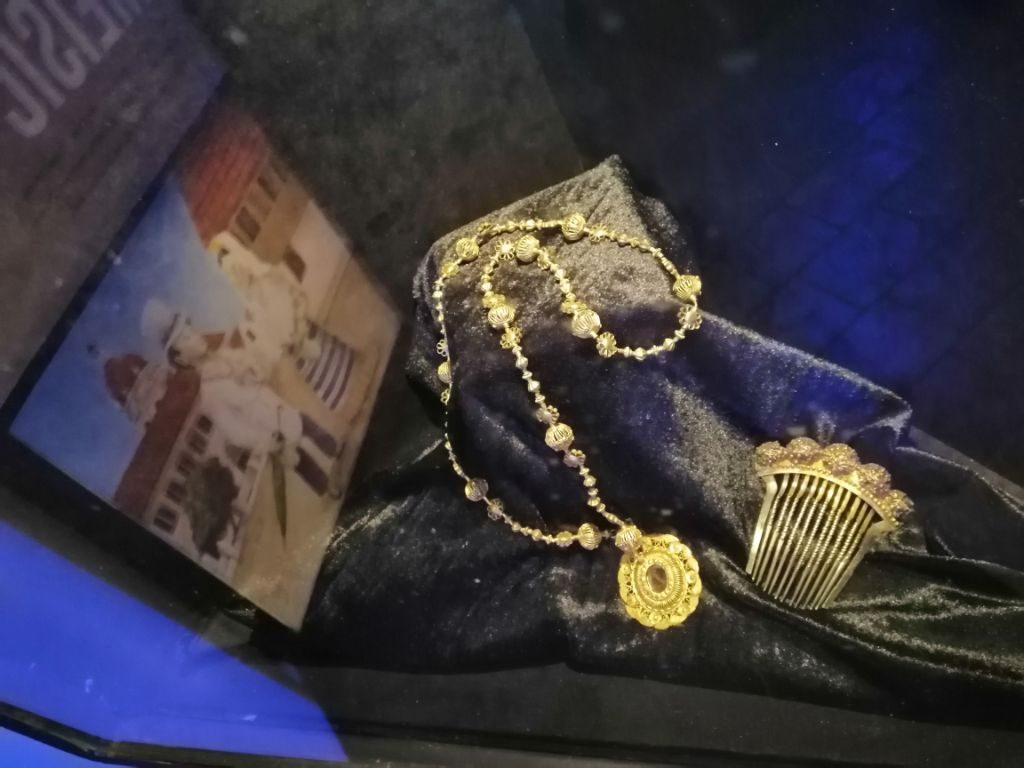
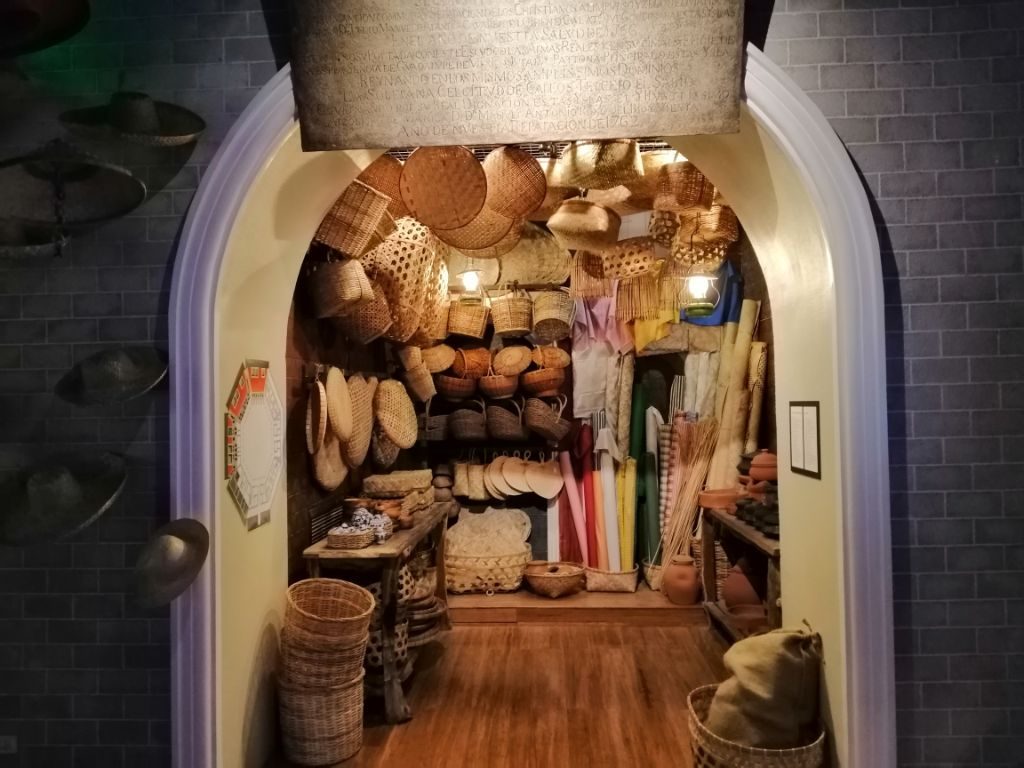
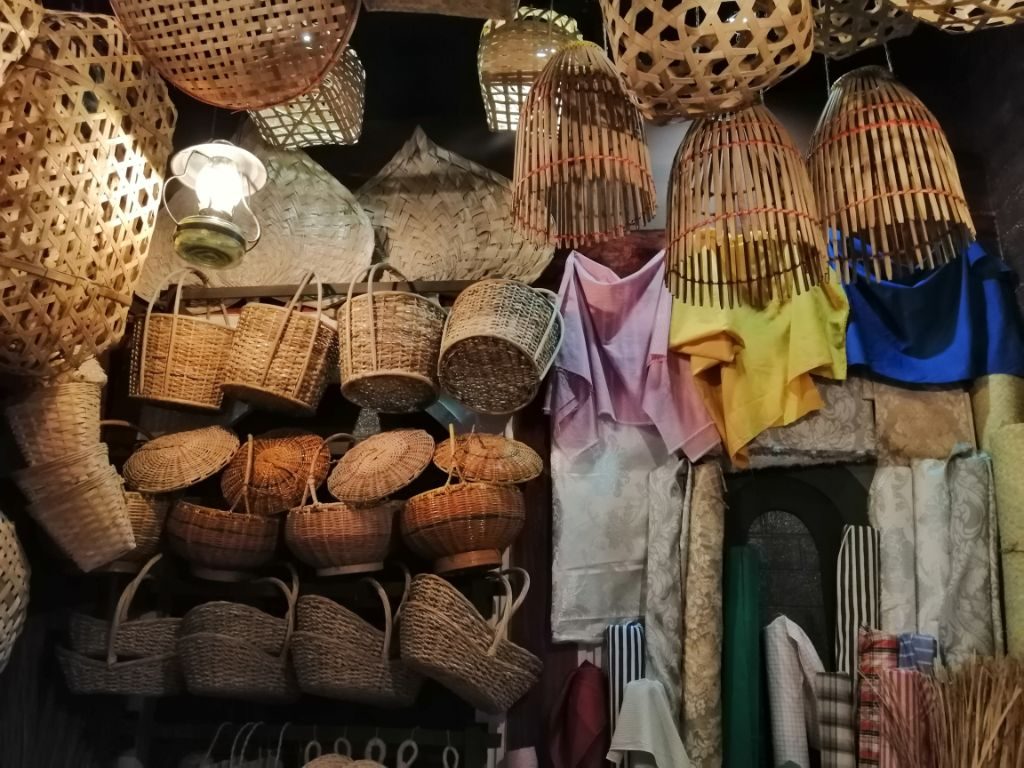
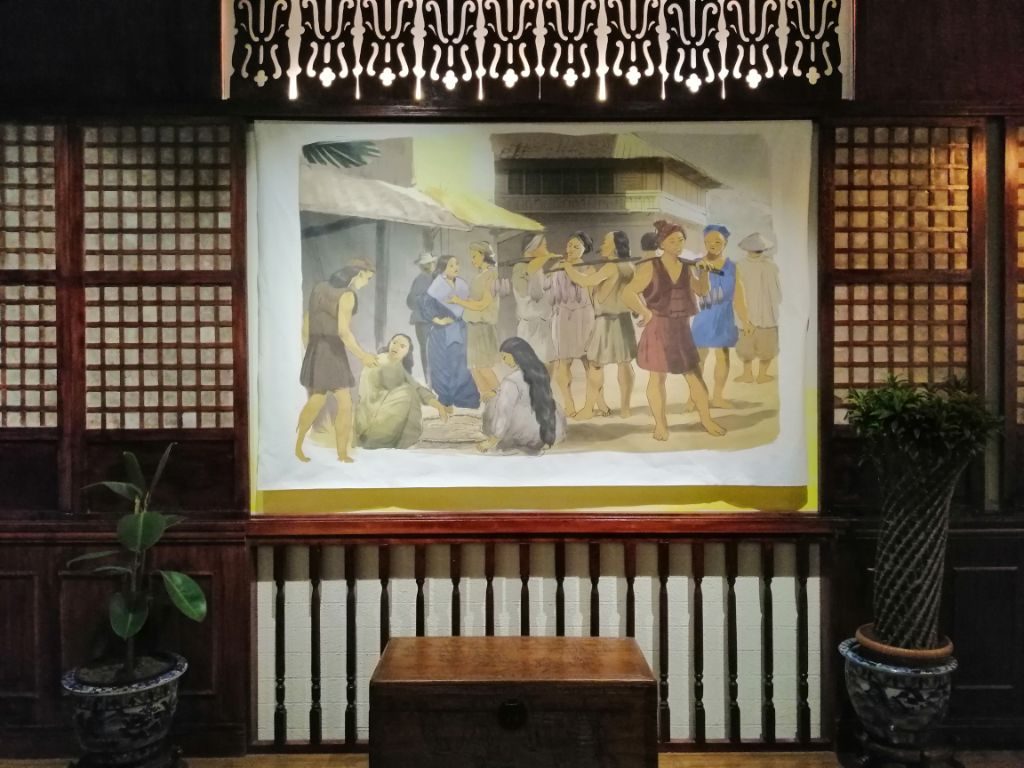
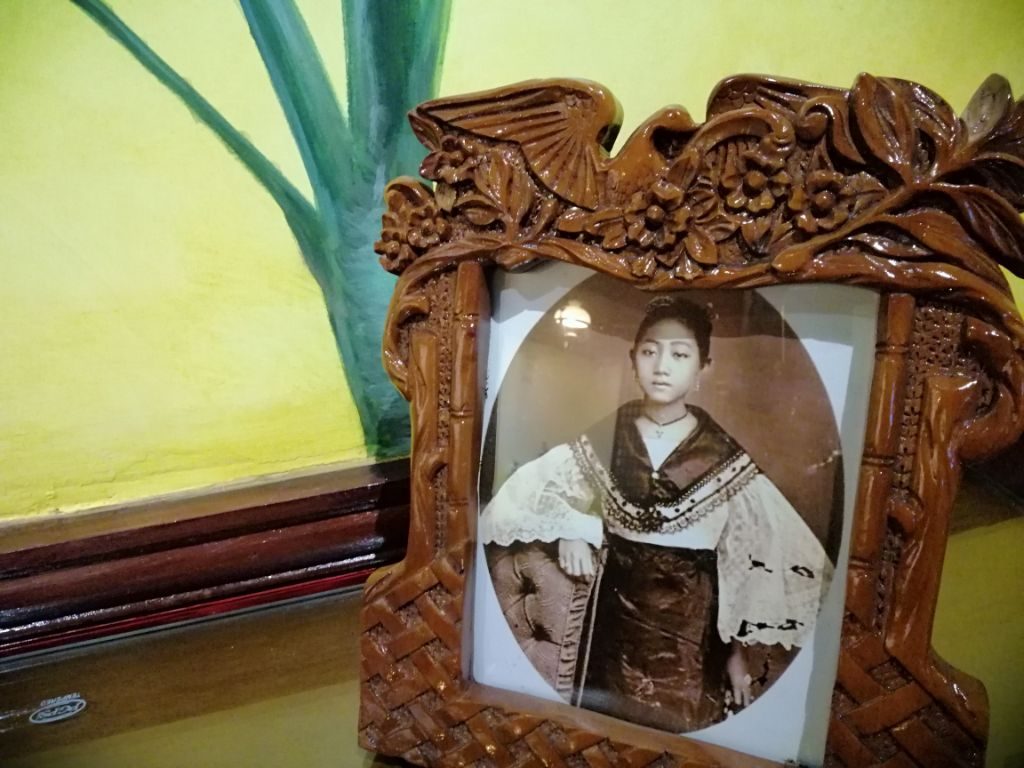
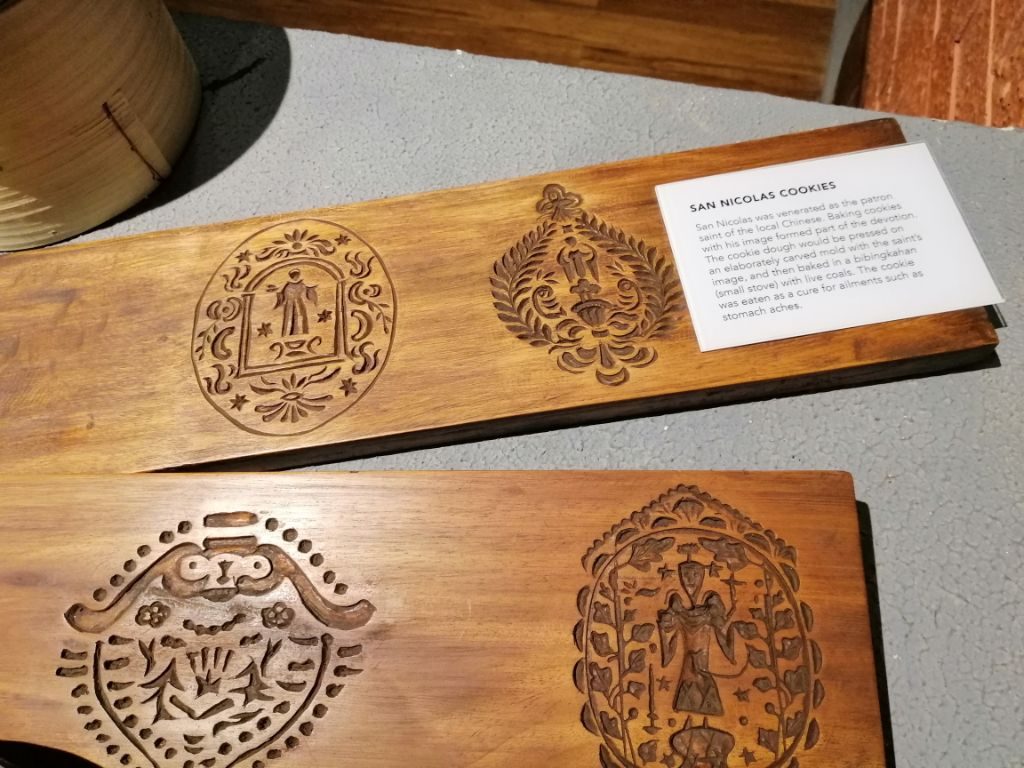
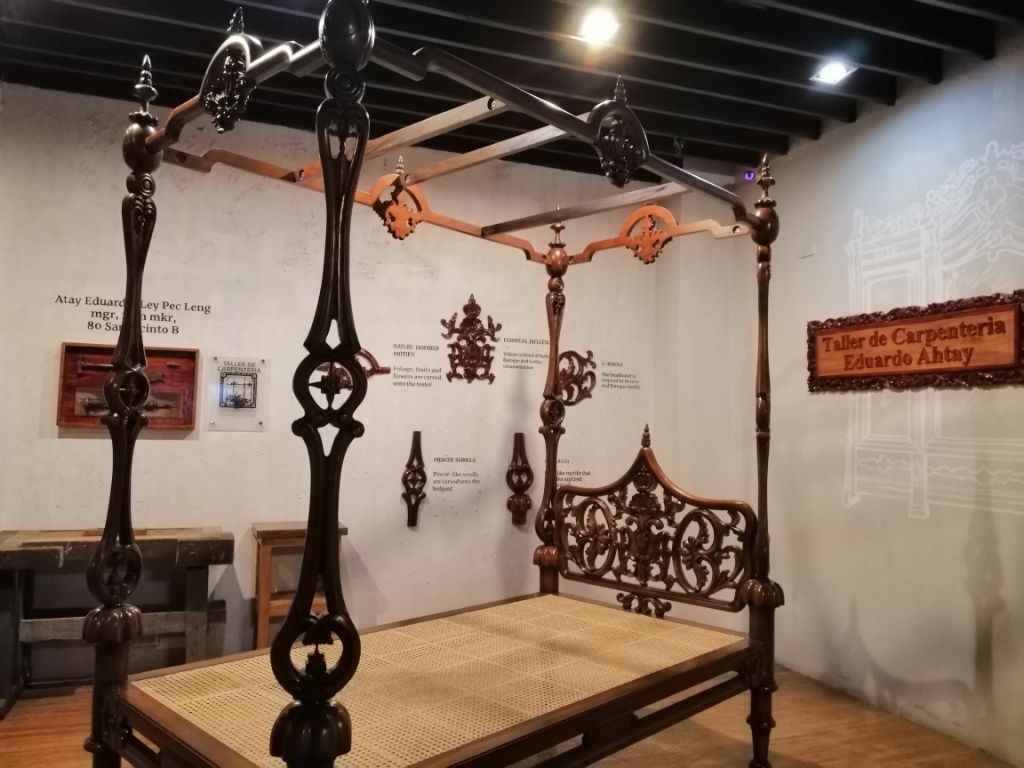
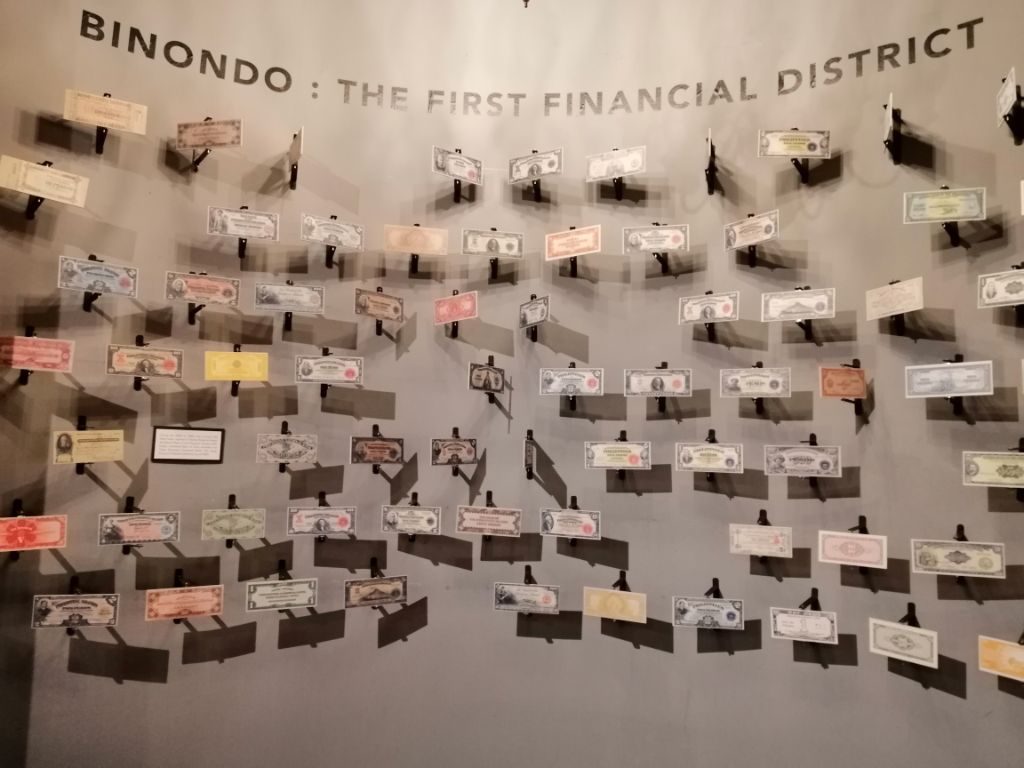
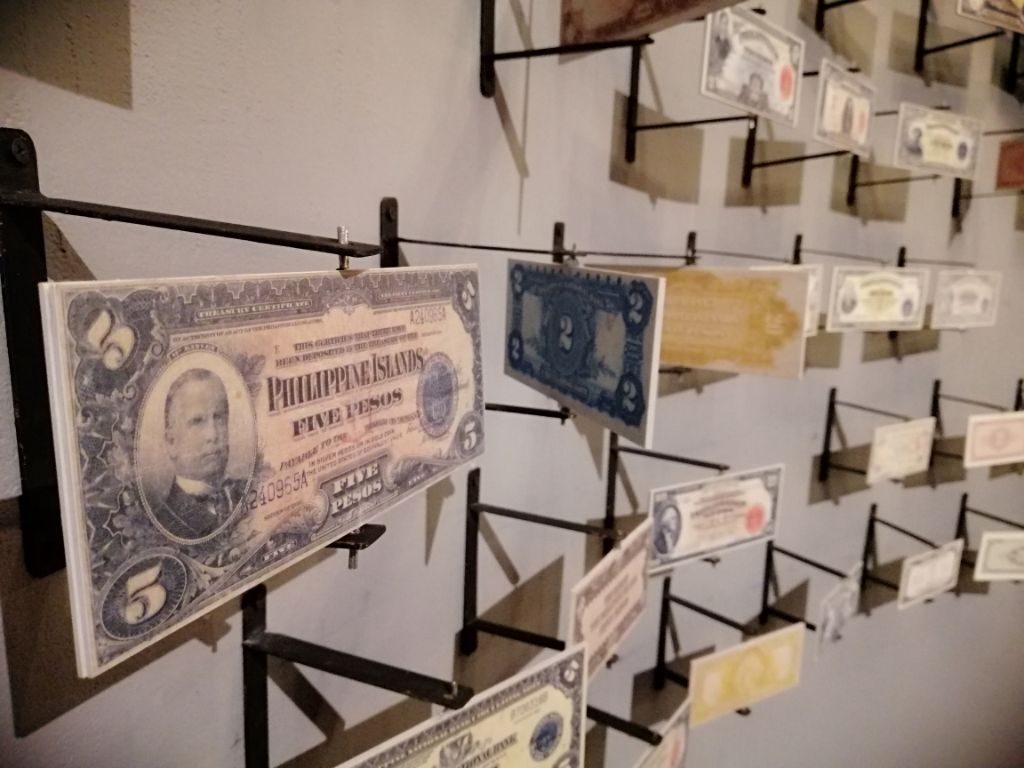
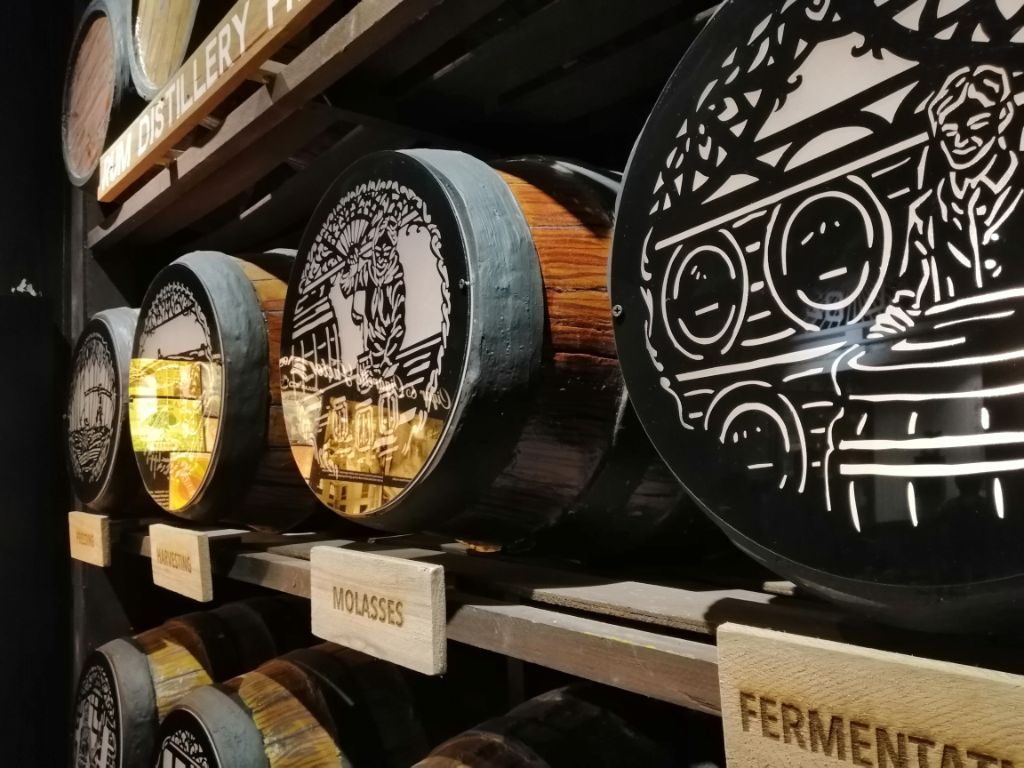
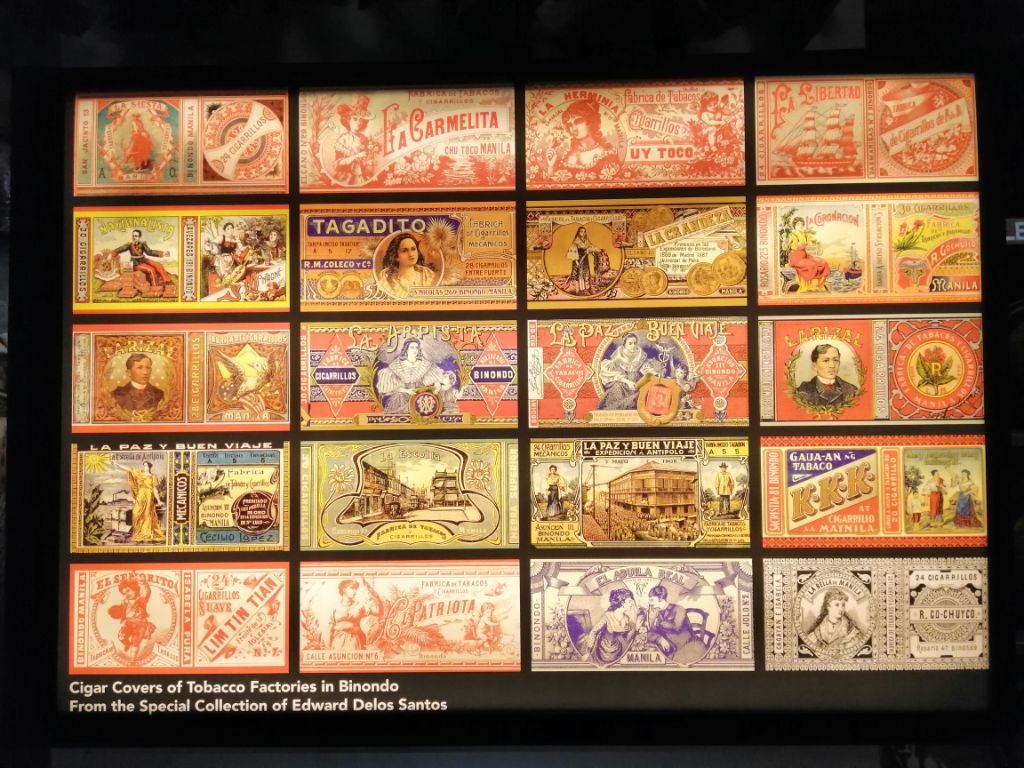
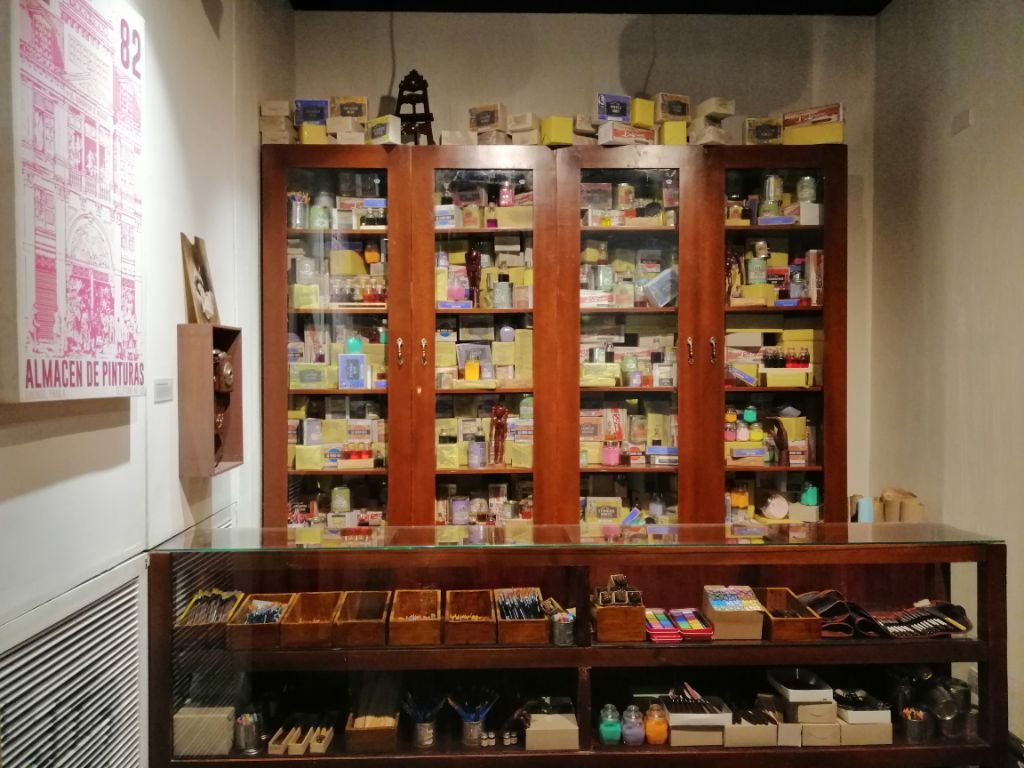
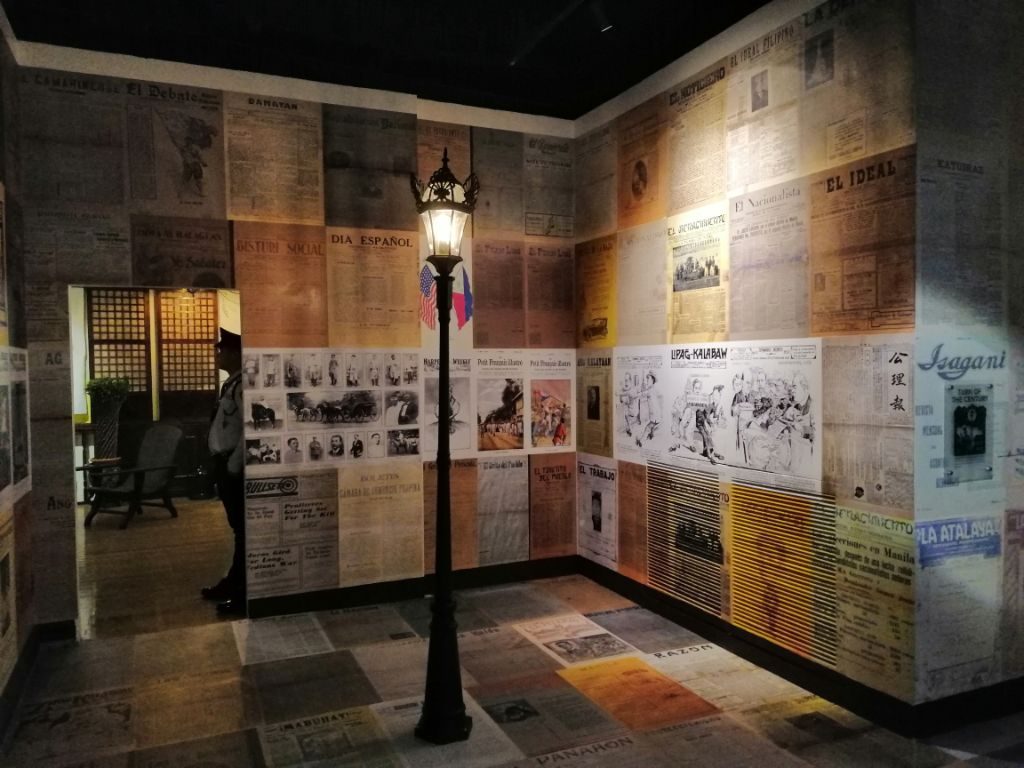
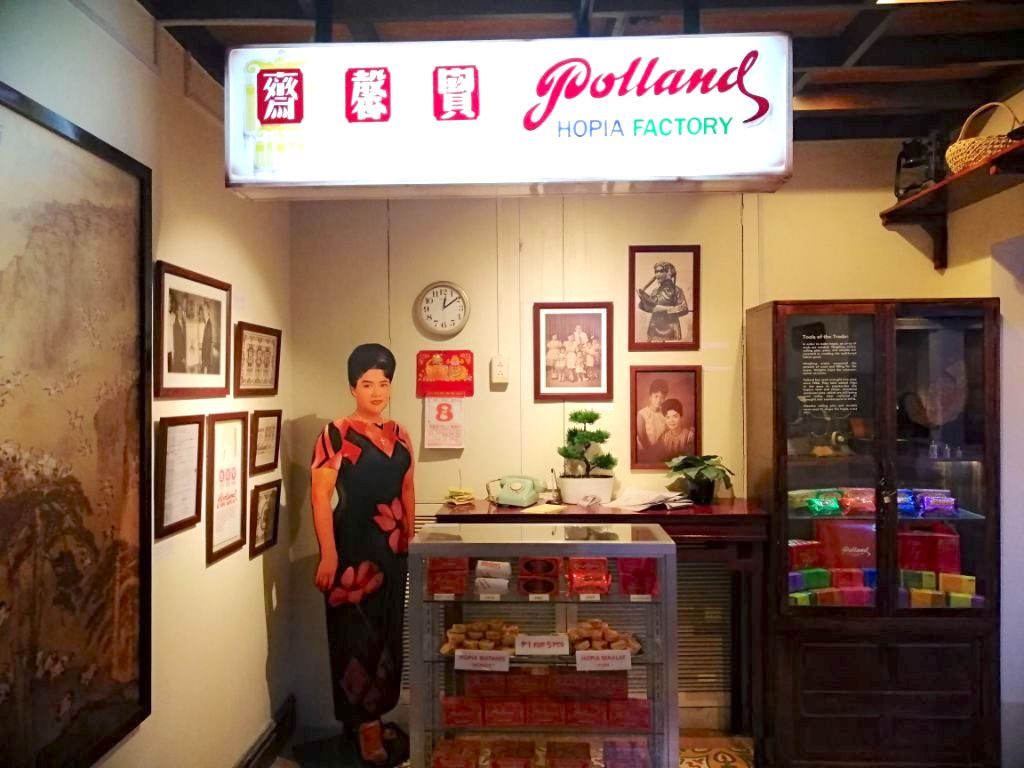
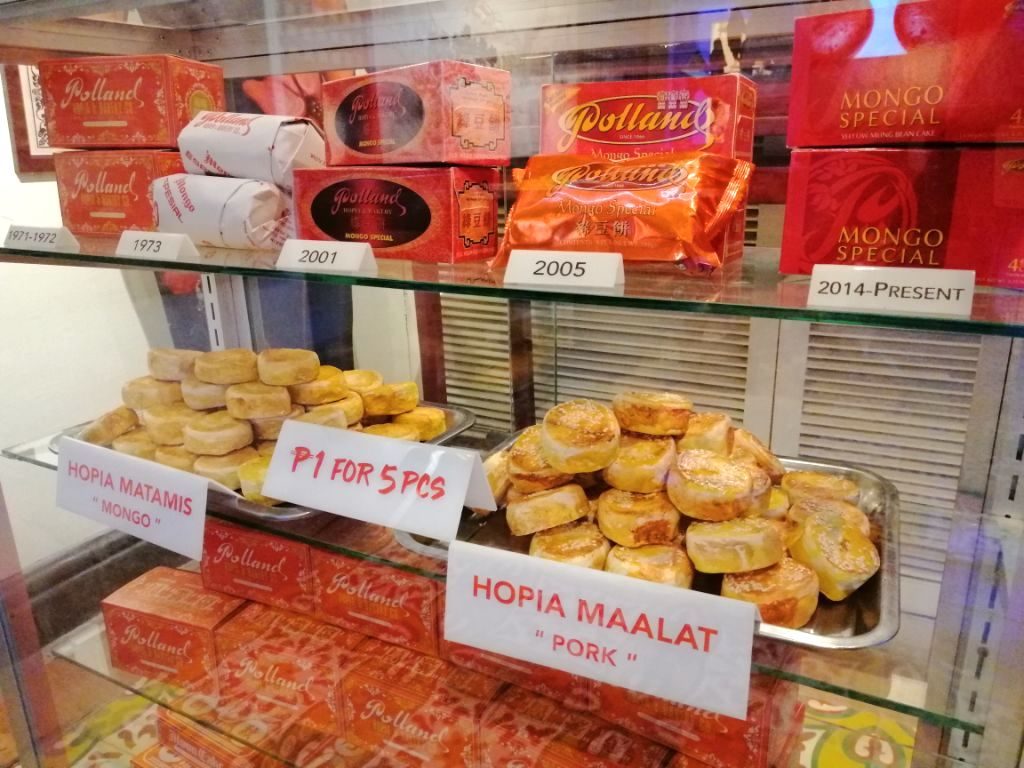
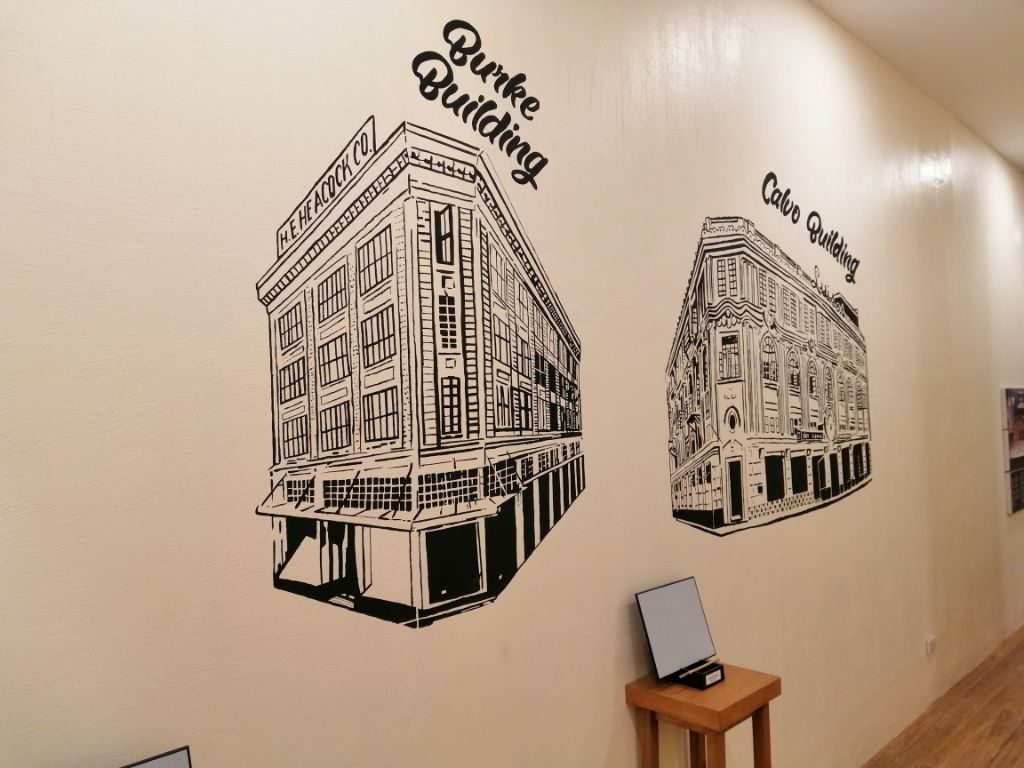
The Chinatown Museum is located on the 4th floor of Lucky Chinatown Building A on Reina Regente Street in Binondo. It opens to the public on June 8, with operating hours from 10 am to 7 pm, Tuesdays to Saturdays. Tickets are at P150 for regular patrons, P120 for senior citizens, and P100 for students. Ticket sales end 30 minutes before closing. – Rappler.com
Add a comment
How does this make you feel?
There are no comments yet. Add your comment to start the conversation.